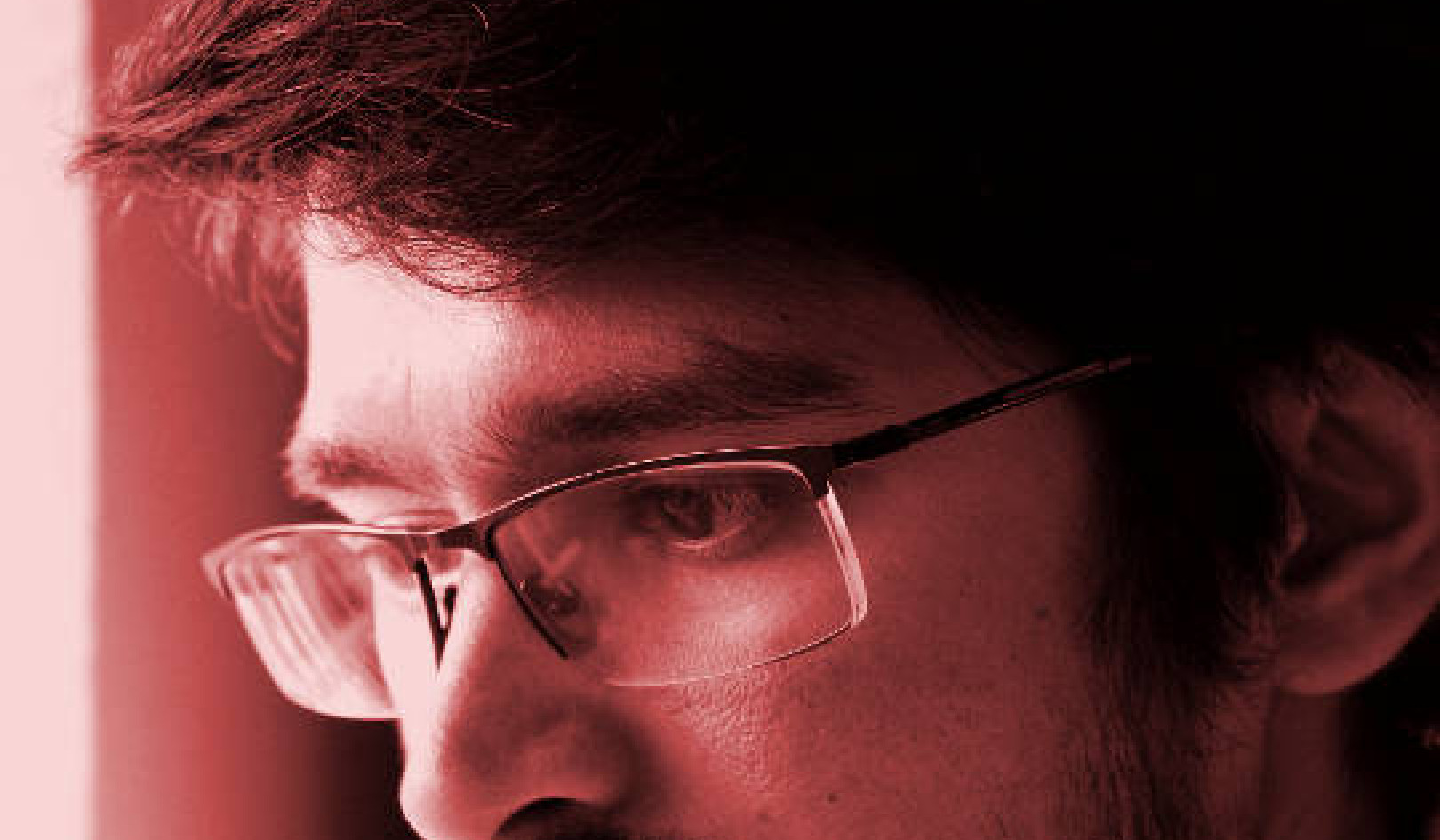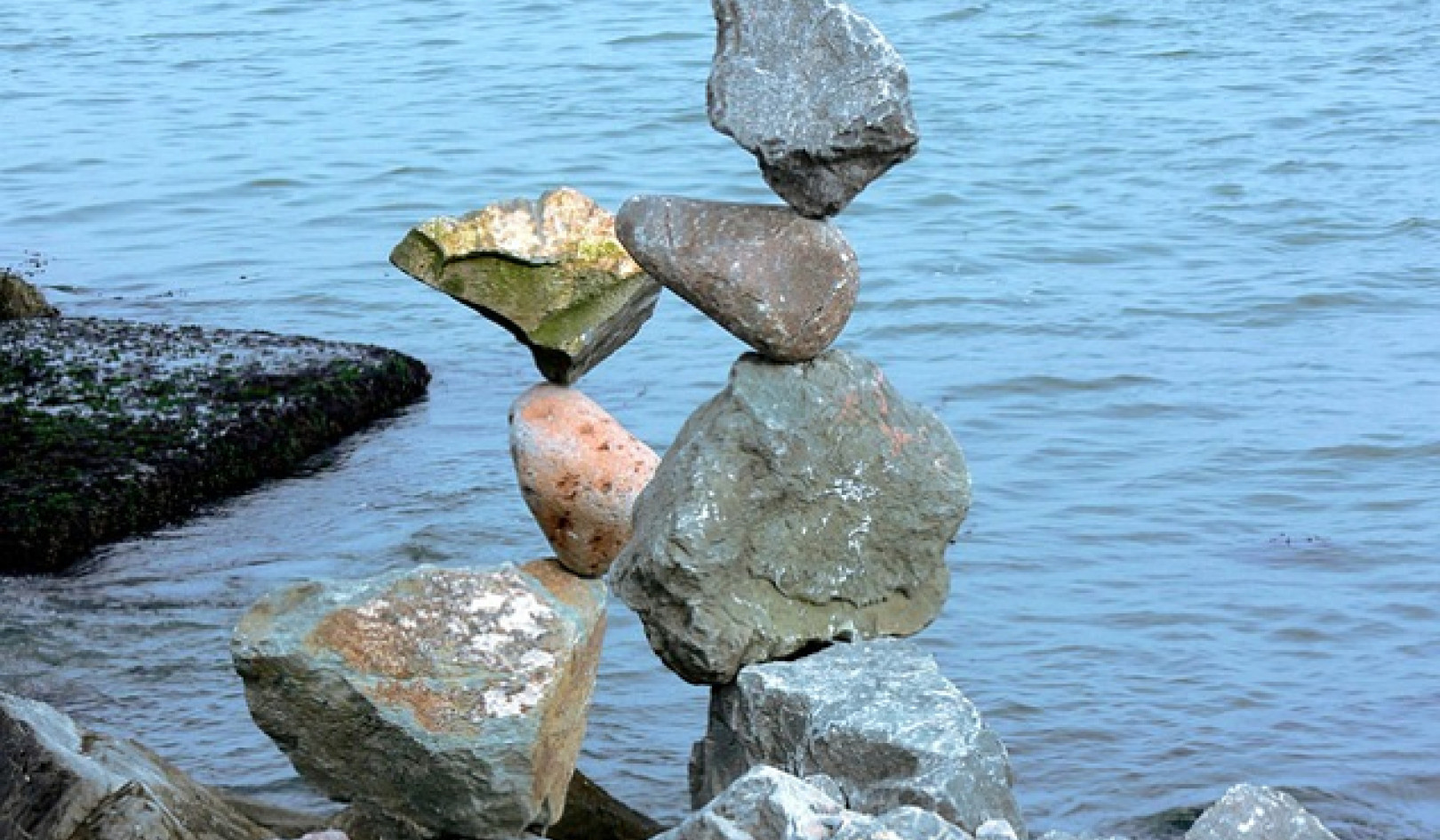
Image by Gerd Altmann
The purpose of meditation is to slow down so that we can see clearly into the nature of the mind, making it possible for us to become fully present in each moment, to gain understanding of the way things truly are. It can give rise to the deep sense of calm that comes from really knowing something for yourself.
In order to have peace of mind, we need to discover what is preventing us from accessing our inner peace. An uncontrolled mind can never find peace and satisfaction. Besides all the noise in our conscious minds, we also have a lot of confusion and noise in the unconscious mind. In order to create space in the mind we have to start right here.
Meditation can be difficult for beginners because it is in complete contrast to how we normally conduct our daily lives. Many meditation techniques have a similar approach — they encourage you to focus on something specific such as the breath, a candle, or a mantra (called objects of meditation). Whatever arises in the mind or body, the intention is to remain focused on the object of meditation.
Thoughts will arise in the mind and sensations in the body, but rather than getting caught up with these distractions, the idea is merely to observe them, not commenting, and return to the object of meditation. In time, it is possible to become a passive observer of all the feelings and sensations that come and go — not attaching to them — which creates a calm acceptance of the way things are.
Meditation encourages:
- our ability to focus
- calmness and equanimity
- awareness
- insight into what is going on inside us
Learning to Meditate
Set aside a time to meditate when you know you are not rushing to do something, so that you can give your full attention to it.
1. Use a posture that will allow your back to be straight without strain. This can be in a straight-backed chair or in a cross-legged position on the floor. Make sure that you are comfortable.
2. Allow your eyes to close.
3. Gather your attention and move it slowly down through your body, starting at your head, making sure that there is a sense of calm and relaxation as you go. If you notice areas of physical tension, try to let them go as you exhale.
4. Allow your thoughts, ideas, and memories to drift in and out of the mind without following them.
5. Focus your attention on the breath, and allow it to come from your lower abdomen. Notice the rise and fall of the abdomen as the breath comes in and goes out. Focus your mind on the sensation of the breath, on the movement of the abdomen, and see how difficult it is to keep your attention on this simple process. As soon as you notice that your mind has wandered, return your attention to the breath and the movement of the abdomen, using the words “in and out” or “rising and falling” as the breath comes in and goes out — this can help focus the attention more sharply.
This whole process develops mindfulness, patience, and insightful understanding. At times. when meditating. you may feel sleepy or bored. When this happens, put more effort into your posture and the bodily sensations. With regular practice, you will begin to see your attitudes more clearly and will come to know what is useful for you and what is creating difficulties in your life. You will also begin to see how the mind habitually reacts to situations and how habits can stifle progress.
Slow Down, You're Going Too Fast
Try to put aside fifteen to twenty minutes each day to meditate. If you do so for only five or ten minutes, the mind has hardly had time to slow down before you wind it up again.
The mind is like a pond full of water: if you stir up the water it looks muddy, cloudy, and opaque; likewise, because we are constantly agitating it, the mind becomes cloudy and busy. If you take a glass of muddy water from the pond and let it rest on a window ledge for twenty minutes, the silt will sink to the bottom, leaving clear water. In the same way, if you sit for twenty minutes without agitating the mind, your thoughts will slow down, and some clarity will emerge.
Article Source
Discover Shiatsu (First-Step Handbook to Better Health)
by Catherine Sutton.
 * Basic Principles * Healthful Effects * Real-life Techniques * The Story of Shiatsu
* Basic Principles * Healthful Effects * Real-life Techniques * The Story of Shiatsu
Published by Ulysses Press. Ulysses Press/Seastone Books are available at bookstores throughout the US, Canada, and the UK, or can be ordered directly from Ulysses Press by calling 800-377-2542, faxing 510-601-8307, or writing to Ulysses Press, PO Box 3440, Berkeley, CA 94703, email
About The Author
Catherine Sutton runs a private shiatsu clinic in Dublin, Ireland. This article was excerpted with permission from "Discover Shiatsu" published by Ulysses Press.






























